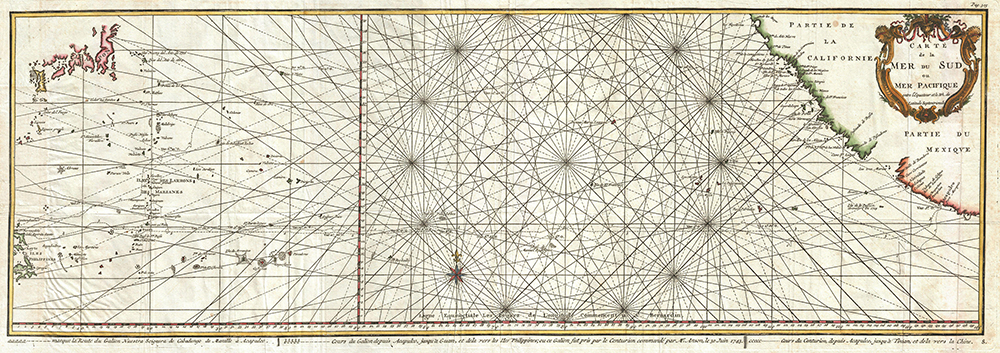In 1817 Adelbert von Chamisso recorded the CHamoru terms for what he assumed were cardinal directions: Timi (North), Seplun (South), Manuu (East), Faniipan (West). These terms are sidereal or star directions and not completely analogous to the Western concepts of North, South, East and West. Nevertheless, these sidereal directions (of or with respect to the distant stars, i.e., the constellations or fixed stars, not the sun or planets) are fixed and not situational positions on the horizon and can easily be used as abstract cardinal directions.

